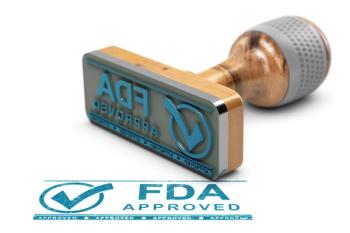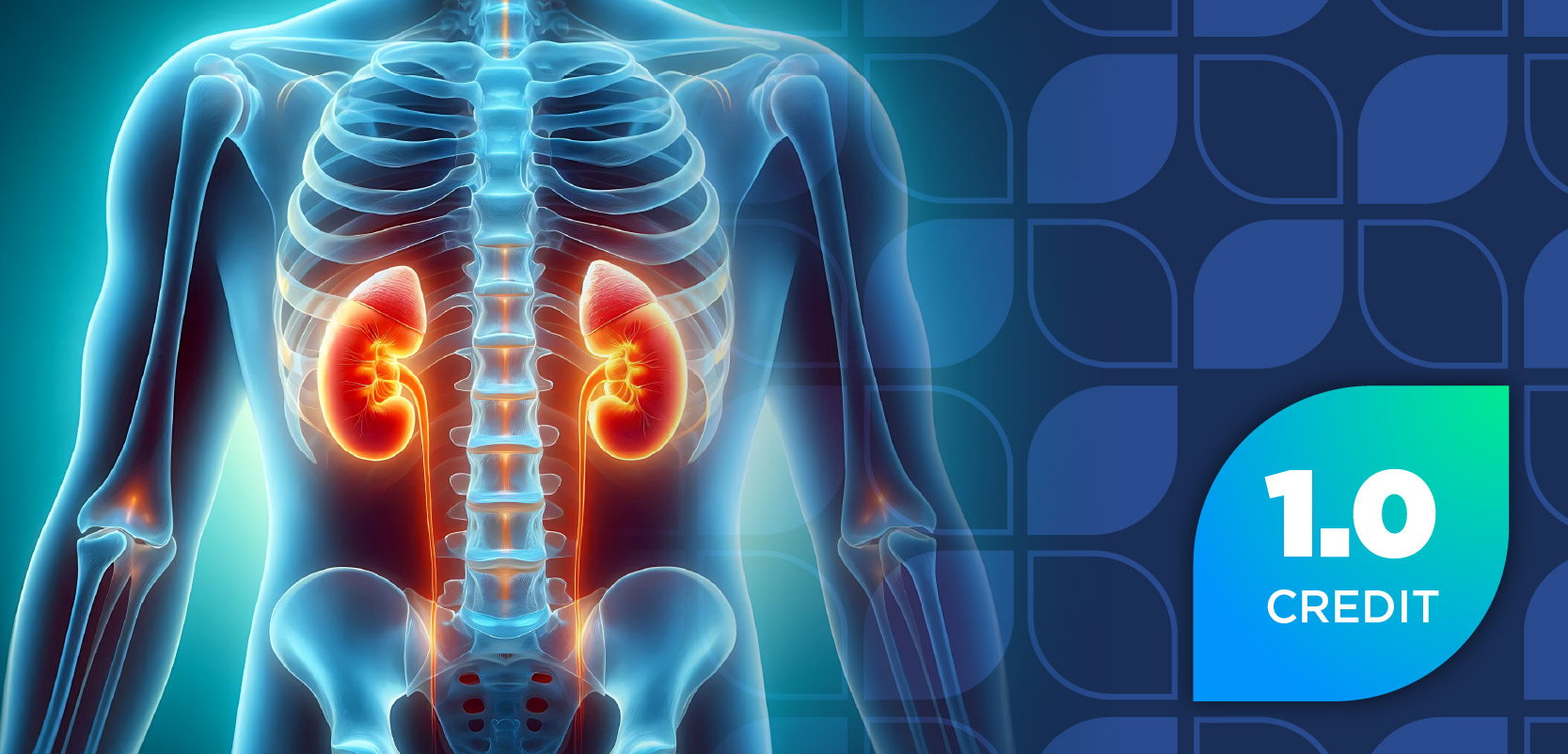
Obicetrapib Plus Ezetimibe Reduced LDL-C in Patients With or at Risk of Atherosclerotic Cardiovascular Disease
Key Takeaways
- The FDC of obicetrapib and ezetimibe significantly reduced LDL-C in patients with ASCVD risk, showing a 48.6% greater reduction compared to placebo.
- ASCVD is a major global health concern, with high LDL-C levels being a key risk factor, necessitating effective cholesterol-lowering therapies.
The fixed-dose combination yielded a 49% greater reduction in low density lipoprotein cholesterol (LDL-C) compared with placebo.
The fixed-dose combination (FDC) of obicetrapib (NewAmsterdam Pharma) plus ezetimibe (Zetia; Merck and Schering-Plough Pharmaceuticals) significantly reduced low-density lipoprotein cholesterol (LDL-C) in patients with pre-existing or at high risk for atherosclerotic cardiovascular disease (ASCVD), according to data from the phase 3 TANDEM trial (NCT06005597). The trial findings were published in The Lancet.1,2
ASCVD-related conditions are one of the leading causes of morbidity and mortality globally and refer to various conditions caused by plaque buildup in the arterial walls, such as coronary heart disease, cerebrovascular disease, peripheral artery disease, and aortic atherosclerotic disease. High levels of LDL-C are a known risk factor for ASCVD, suggesting that cholesterol-lowering therapies can reduce the risk of ASCVD or cardiac events. Statins, cholesterol absorption inhibitors such as ezetimibe, bempedoic acid, and PCSK9 inhibitors are standard of care treatments for reducing LDL-C and have yielded meaningful outcomes for patients.3,4
Obicetrapib is an emerging investigational inhibitor of cholesteryl ester transfer protein (CETP), a plasma glycoprotein secreted by the liver that facilitates the movement of triglycerides and cholesterol esters between lipoproteins. This transfer of cholesteryl esters from antiatherogenic high-density lipoproteins (HDLs) to proatherogenic LDLs promotes increased levels of LDL-C, which can lead to more plaque deposits. It is being investigated in various clinical trials across disease states. For treatment of ASCVD, there are 3 ongoing (as of May 8, 2025) phase 3 clinical trials: BROADWAY (NCT05142722), BROOKLYN (NCT05425745), and PREVAIL (NCT05202509).5-9
In the placebo-controlled, double-blind, randomized, phase 3 TANDEM study, investigators aimed to determine the LDL cholesterol-lowering efficacy, safety, and tolerability of an FDC of obicetrapib and ezetimibe in patients. Their trial included a total of 407 patients with pre-existing or high risk for ASVCD or heterozygous familial hypercholesterolemia with LDL cholesterol concentrations of 1.8 mmol/L (70 mg/dL) or greater despite maximally tolerated lipid-lowering therapy excluding ezetimibe or having statin intolerance. The patients were randomized 1:1:1:1 to 1 of 4 groups: obicetrapib 10 mg plus ezetimibe 10 mg FDC, obicetrapib 10 mg monotherapy, ezetimibe 10 mg monotherapy, or placebo administered daily for 84 days.2
The primary end points in the intention-to-treat population were the percent LDL cholesterol changes in the FDC group compared with placebo, ezetimibe monotherapy, and obicetrapib monotherapy, and the placebo-adjusted change in the obicetrapib monotherapy group.2
By day 84, patients receiving the FDC experienced a 48.6% greater reduction in LDL cholesterol compared with placebo, a 27.9% greater reduction than with ezetimibe, and 16.8% more than with obicetrapib alone. When used on its own, obicetrapib lowered LDL cholesterol by 31.9% compared with placebo.2
The rate of any adverse events (AEs) was comparable across the FDC (51%), obicetrapib (54%), and ezetimibe (53%) groups, while the placebo group reported the lowest rate (37%). Serious AEs were reported at similar rates across all groups: 3% for FDC, 6% for obicetrapib, 7% for ezetimibe, and 4% for placebo. There was 1 death each in the FDC, obicetrapib, and ezetimibe groups, with no deaths reported in the placebo group.2
These findings support the potential of the obicetrapib–ezetimibe FDC as an effective and generally well-tolerated option for lowering LDL-C in patients at risk for ASCVD, particularly those who are unable to reach target cholesterol levels with existing therapies.
REFERENCES
1. Study of obicetrapib & ezetimibe fixed dose combination on top of maximum tolerated lipid-modifying therapies (TANDEM). Updated November 8, 2024. Accessed May 8, 2025. https://clinicaltrials.gov/study/NCT06005597
2. Sarraju A, Brennan D, Hayden K, et al. Fixed-dose combination of obicetrapib and ezetimibe for LDL cholesterol reduction (TANDEM): a phase 3, randomised, double-blind, placebo-controlled trial. The Lancet. May 7, 2025. doi: 10.1016/S0140-6736(25)00721-4
3. Atherosclerotic cardiovascular disease (ASCVD). American Heart Association. Accessed May 8, 2025. https://www.heart.org/en/professional/quality-improvement/ascvd
4. Feingold K. Guidelines for the management of high blood cholesterol. Endotext. March 27, 2025. https://www.ncbi.nlm.nih.gov/books/NBK305897/#lipid_risk-mgt-hbc.REFERENCES
5. Obicetrapib. NewAmsterdam Pharma. Accessed May 8, 2025. https://www.newamsterdampharma.com/obicetrapibta8995/
6. What is CETP? NewAmsterdam Pharma. Accessed May 8, 2025. https://www.newamsterdampharma.com/cetp/
7. randomized study to evaluate the effect of obicetrapib on top of maximum tolerated lipid-modifying therapies (BROADWAY). Updated February 24, 2025. Accessed May 8, 2025. https://clinicaltrials.gov/study/NCT05142722?term=NCT05142722&rank=1
8. Evaluate the effect of obicetrapib in patients with HEFH on top of maximum tolerated lipid-modifying therapies. (BROOKLYN). Updated November 11, 2024. Accessed May 8, 2025. https://clinicaltrials.gov/study/NCT05425745
9. Cardiovascular outcome study to evaluate the effect of obicetrapib in patients with cardiovascular disease (PREVAIL). Updated June 4, 2024. Accessed May 8, 2025. https://clinicaltrials.gov/study/NCT05202509
Newsletter
Stay informed on drug updates, treatment guidelines, and pharmacy practice trends—subscribe to Pharmacy Times for weekly clinical insights.


















































































































































































































